Focus on Sustainable Transformation: Delegation Visit from Austria and Slovakia to the Minett UNESCO Biosphere.
As part of the Interreg project “CoDeMoRe” (Common Development of the Model Regions), a significant exchange took place in Luxembourg’s only biosphere reserve from October 8 to 10, 2025. A delegation from the Austrian model regions of the Wienerwald UNESCO Biosphere Park and the Rosalia-Kogelberg Nature Park, the Slovakian Malé Karpaty Geopark, and the city of Pezinok visited the Minett UNESCO Biosphere.
The aim of the exploratory trip was to learn from one another and develop joint strategies for sustainable regional development in dynamic cultural landscapes. The Minett region, shaped by its industrial past and the structural transformation towards a centre for science, nature, and sustainable living, offered the guests three days of insights into the transformation projects of southern Luxembourg.
Wednesday: Arrival of the delegation
The first day of the excursion led the delegation directly to the centre of the transformation: Esch-Belval. After arriving by night train in Koblenz and continuing to Luxembourg, the program began with a guided tour of this newly developed urban district. Where the smokestacks of the steel industry once stood, the Cité des Sciences with the campus of the University of Luxembourg now extends. The tour, organized by “Fonds Belval,” impressively illustrated how contemporary architecture harmonizes with the monumental industrial heritage.
A highlight was the visit to Blast Furnace B, the only accessible blast furnace in Luxembourg. During the ascent to a height of 40 meters, the process of cast iron and steel production was vividly explained. From the top platform, participants enjoyed a spectacular panoramic view over the new district and the surrounding landscape—a symbol of the long journey the region has made from the industrial age into the future.
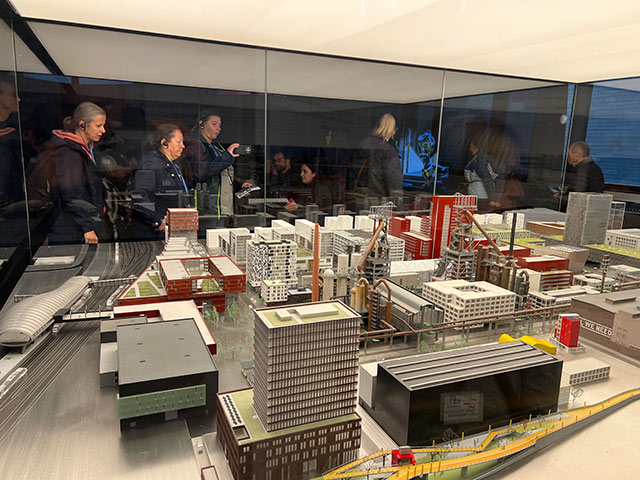 |
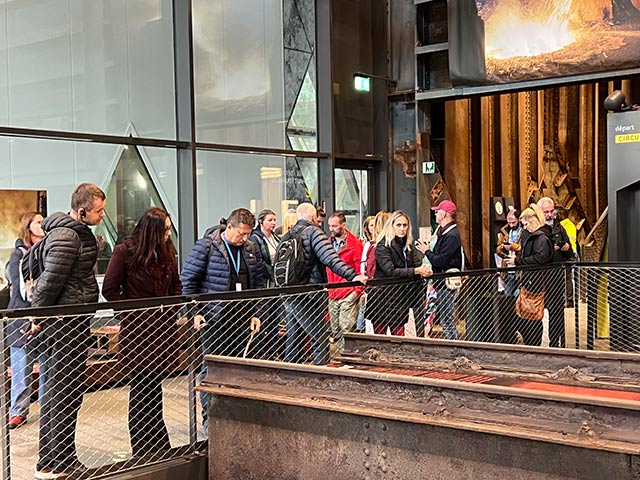 |
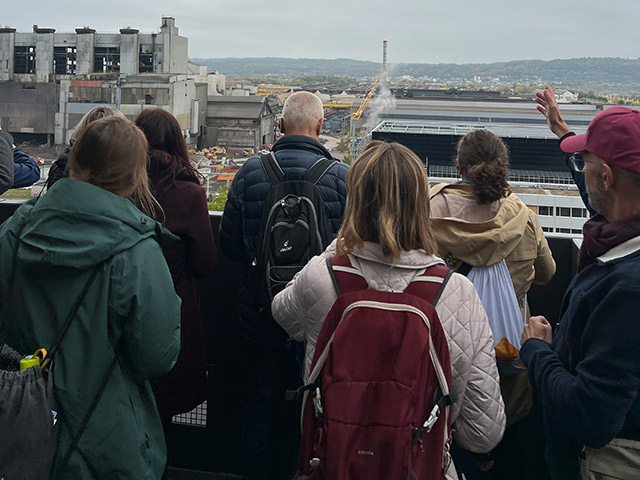 |
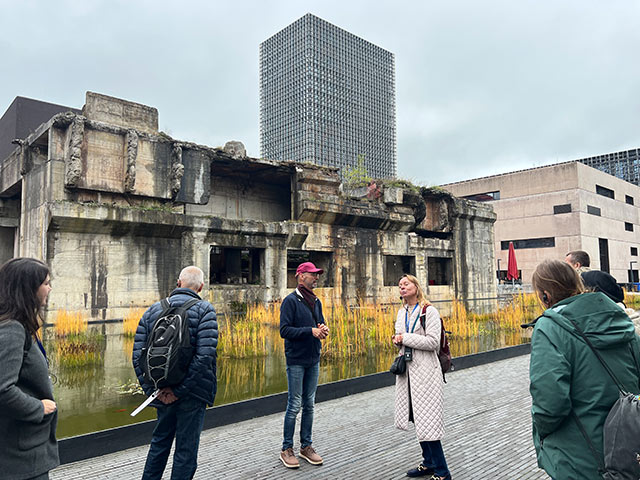 |
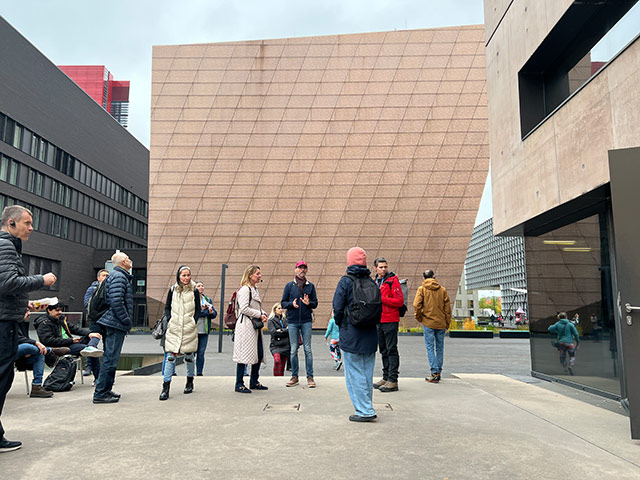 |
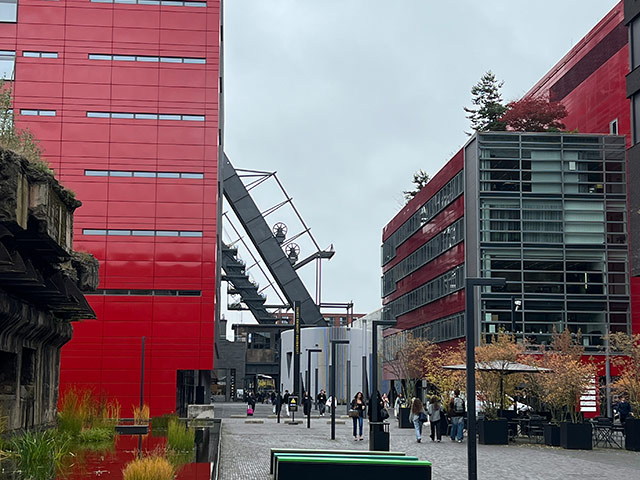 |
© Minett UNESCO Biosphere
In the late afternoon, the delegation was officially welcomed at the Ellergronn Nature Conservation Centre, the official seat of the Minett Biosphere. Prominent political representatives, including Minister of Tourism Lex Delles, Christian Weis, Mayor of Esch-sur-Alzette and President of the Minett UNESCO Biosphere, and Simone Beck, President of the Luxembourg Commission for UNESCO, greeted the guests.
Minister Delles emphasized that focusing on remembrance tourism offers a unique opportunity to enhance the traditions of the Minett region for tourism. In his speech, Christian Weis stressed that the exchange between model regions not only promotes project ideas and initiatives for sustainable regional development but also represents an opportunity to realize the transnational and European idea in concrete projects. A guided tour of the permanent exhibition “Transition Now” completed the initial impressions before the day concluded with a joint dinner.
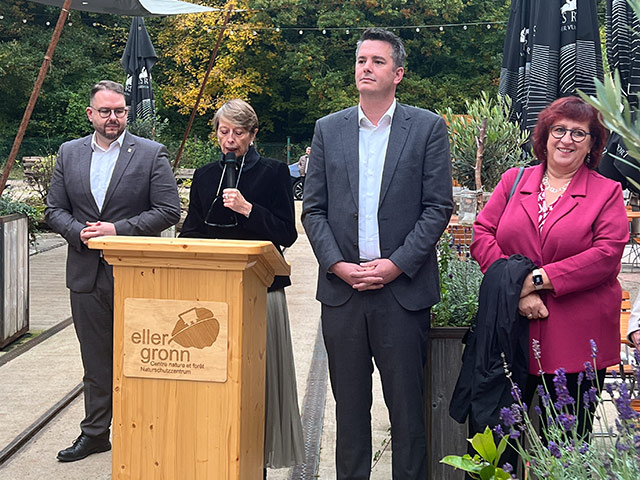 |
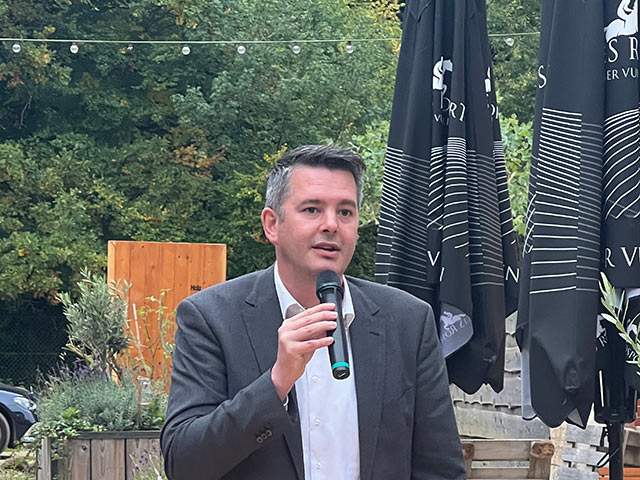 |
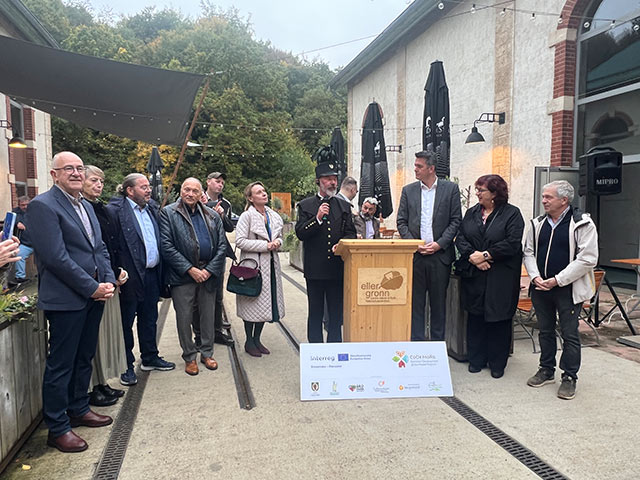 |
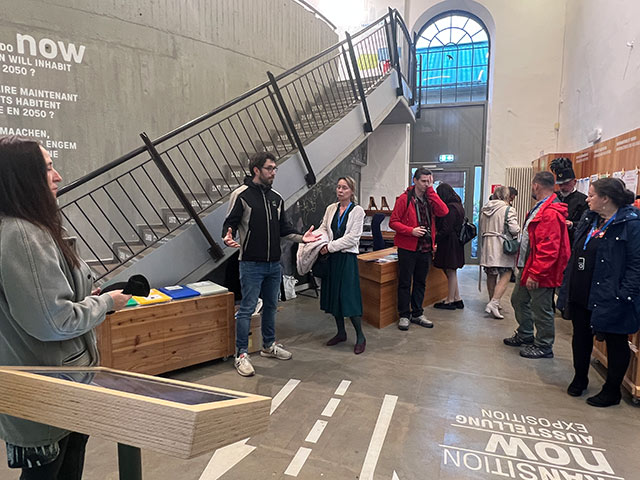 |
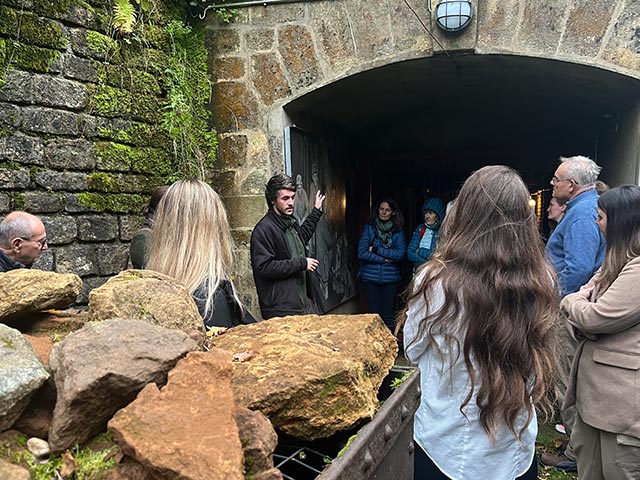 |
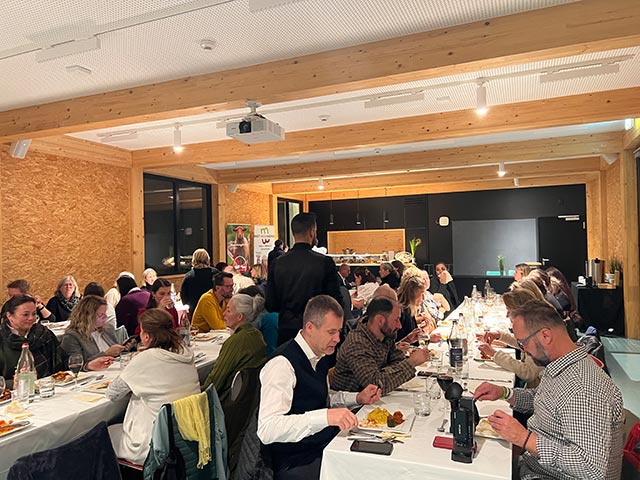 |
© Minett UNESCO Biosphere
Thursday: Between rocks and biodiversity
The second day was dedicated to Luxembourg’s mining history and the impressive renaturation of former mining areas. The morning began with an extraordinary train ride: the delegation travelled on the historic “Minièresbunn Doihl” mine train from Lasauvage directly into the tunnel to Fond-de-Gras. The ride provided authentic insights into the hard work underground and the importance of iron ore mining, which shaped the region for over a century.
Upon arrival at the Fond-de-Gras open-air museum, the director of Minett Park, Robyn Wehles, led a tour of the site and explained the history of the place, which was once a vibrant centre of iron ore mining. Here, the guests from Austria and Slovakia were also introduced to the concept of the 90-kilometer Minett Trail and its “Kabaisercher” (lodges), which promotes sustainable, immersive tourism in Luxembourg’s biosphere reserve.
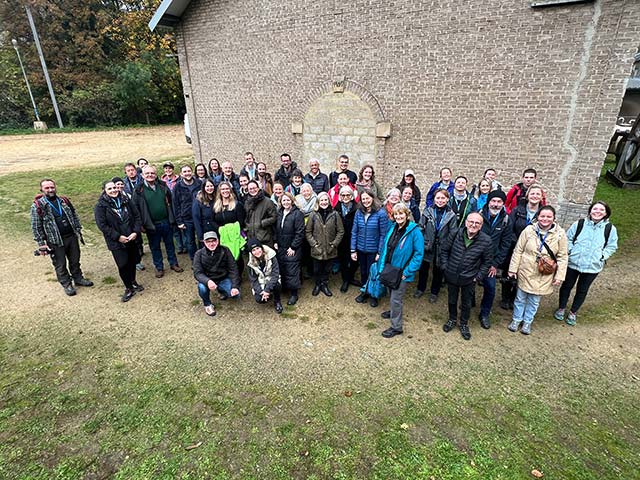 |
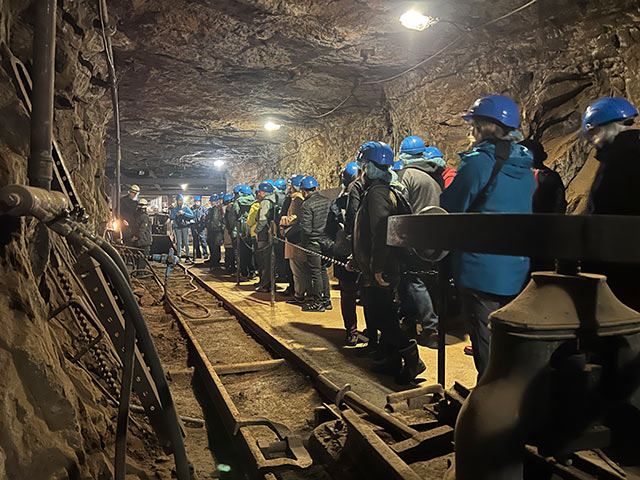 |
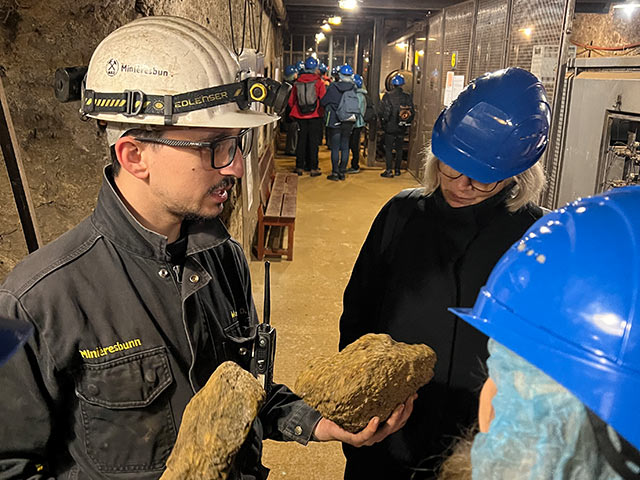 |
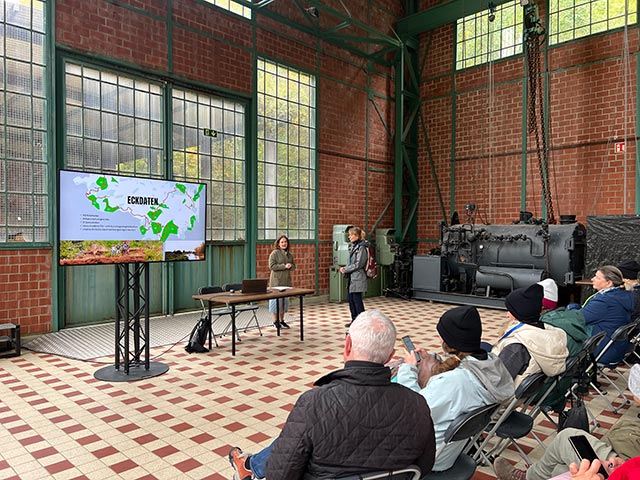 |
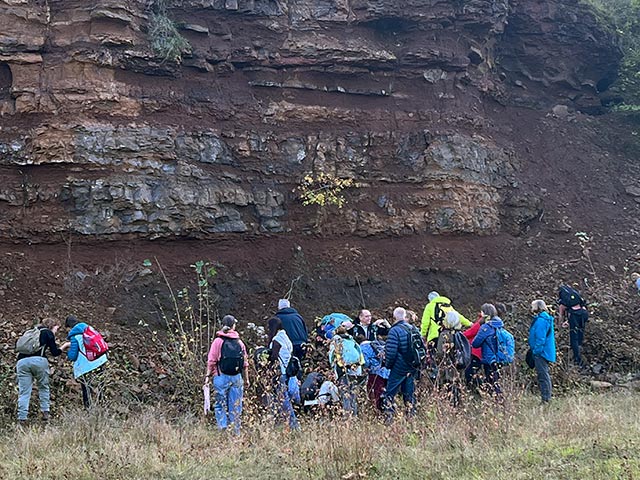 |
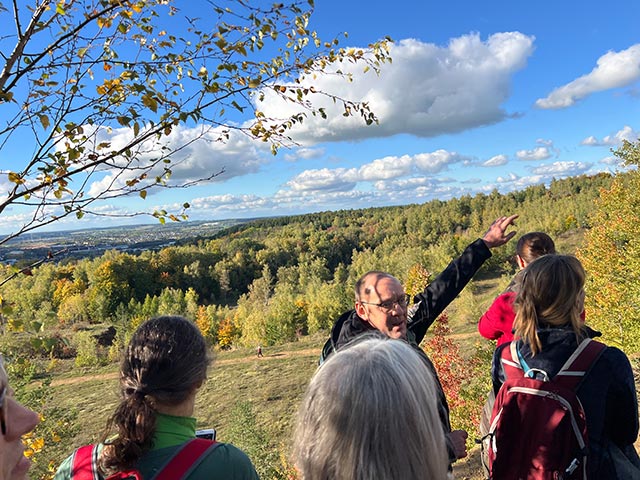 |
© Minett UNESCO Biosphere
After lunch featuring the local specialty “Gromperekichelcher” at the “Bei der Giedel” restaurant, the group experienced the natural side of the transformation firsthand. A hike, accompanied by local forester Christian Berg, led them along the “Giele Botter” geological discovery path, which runs through the core zone of the biosphere reserve. The circular route through the former open-pit mining area explains the geological history of the Minette ores, which were deposited in a sea 150 million years ago.
After mining ceased in 1977, nature gradually reclaimed the area, creating a unique landscape of destroyed and newly emerged flora and fauna. This contrast clearly showed how resilience and targeted conservation measures, such as regular clearing of shrubs and combating invasive plant species, can transform a destroyed industrial landscape into a valuable nature reserve.
Friday: Joint strategies and the future of housing
The final day was dedicated to direct exchange and planning future collaborations. At the Ellergronn Nature Conservation Centre, the delegations came together to share their experiences and delve deeper into the goals of the CoDe-MoRe project. The presentations highlighted the common challenges of the partner regions, all of which are located near booming metropolises and are affected by climate change and development pressure. The aim of the Interreg project is to develop a joint strategic plan based on the exchange of best practices and the creation of permanent facilities for environmental education.
This was followed by a look into the future of urban development with a visit to “Metzeschmelz.” On the site of the former steelworks between Esch and Schifflange, a completely new, energy-neutral, and sustainable urban district will be built in the coming years and decades. The district, planned by the development company AGORA, focuses on innovative mobility concepts that minimize car traffic, as well as on a circular use of resources for energy and water.
Beate Heigel, chief architect at AGORA, explained the master plan of the new district to the 45 guests and addressed the main challenges in converting this over 60-hectare industrial wasteland. Defining elements of the old steelworks are deliberately preserved and integrated to build a bridge between the industrial past and a sustainable future. The visit concluded with these visionary impressions, and the delegation began their return journey to Koblenz, to take the night train back to Vienna—carrying a wealth of inspiration for their own regional development.
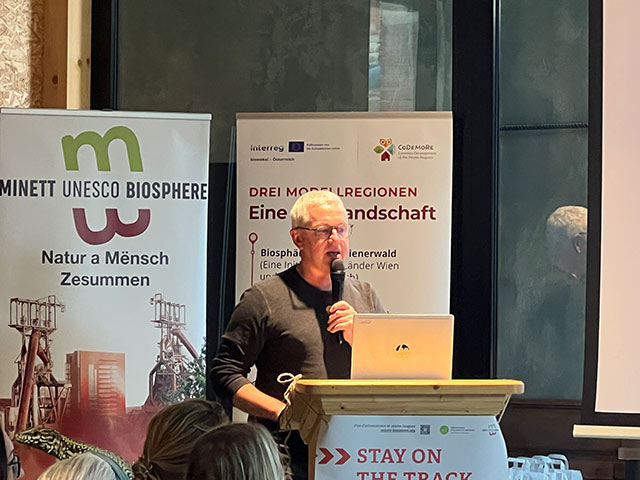 |
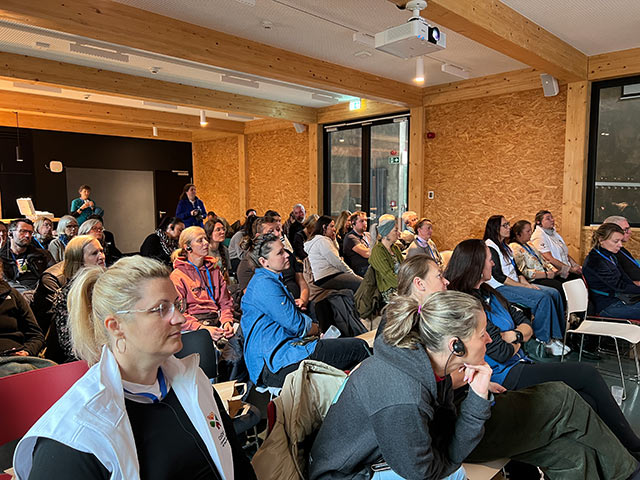 |
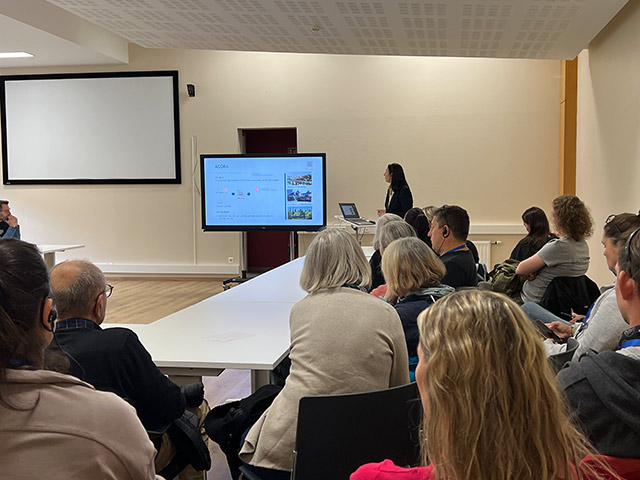 |
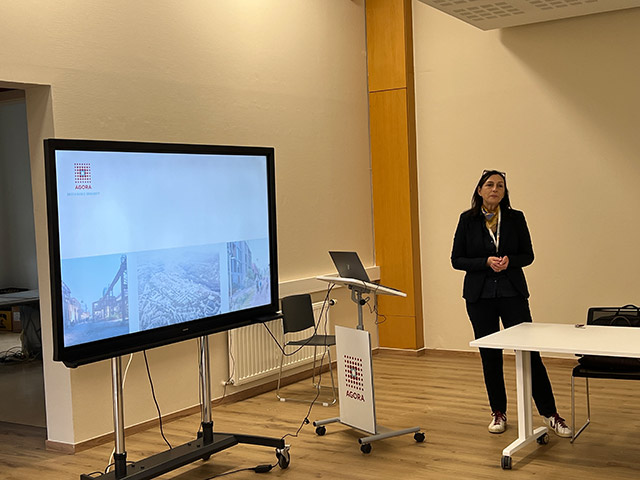 |
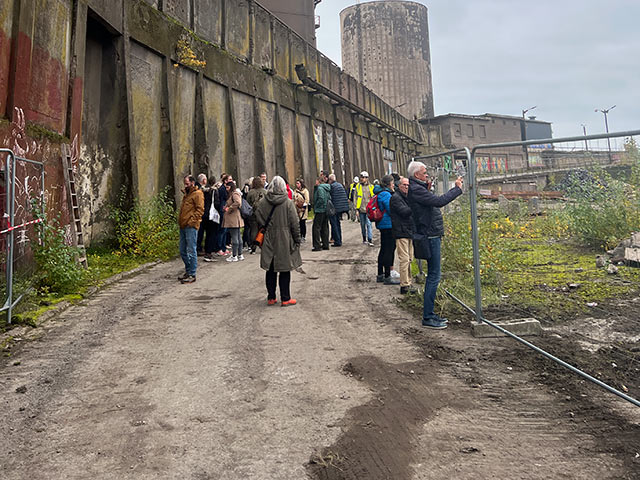 |
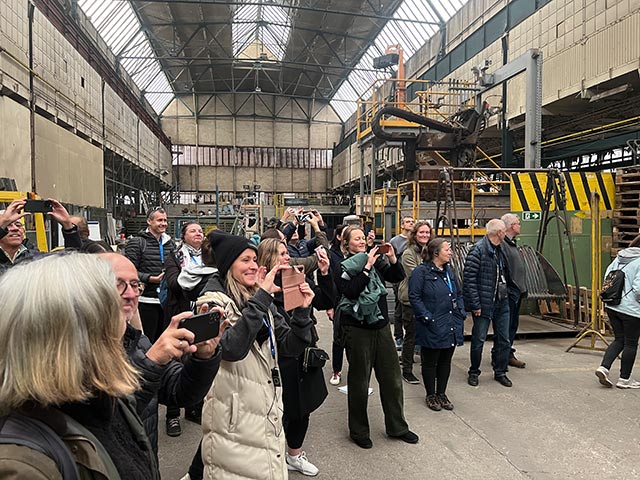 |



